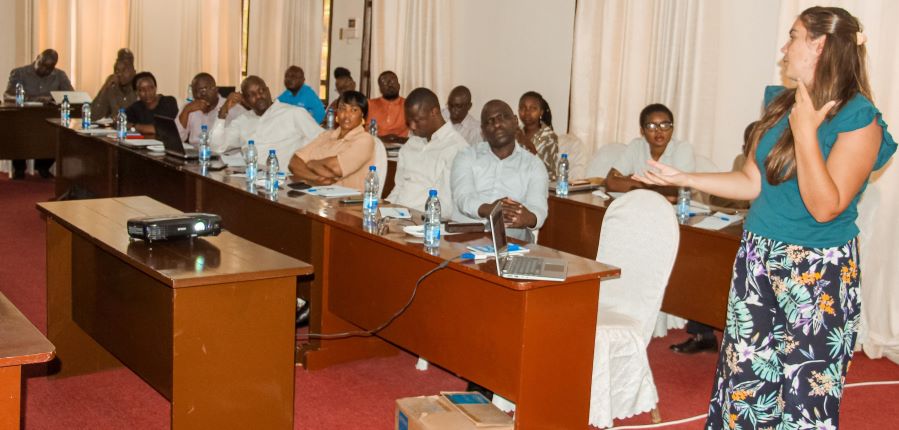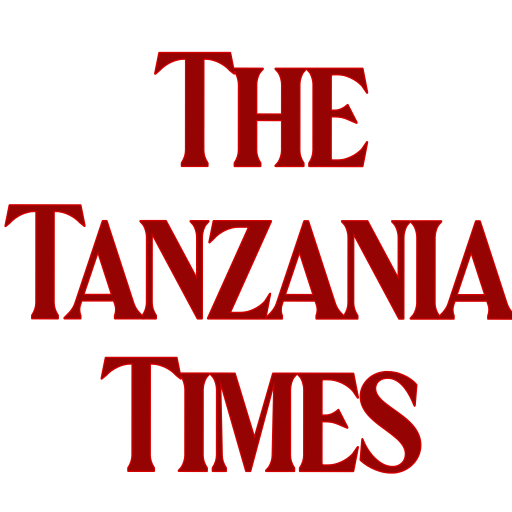An important Wildlife Habitat in Southern Tanzania loses 70 percent of its rivers and water sources
A trans-frontier Wildlife Corridor in Southern is rapidly losing most of all life-giving waters sources.
At least 70 percent of water bodies that used to drench the Selous-Niassa corridor in Southern Tanzania have dried up, threatening the survival of wildlife species in the area.
Water Sources and Rivers have reportedly been disappearing from the precinct between 1990 and current time, according to expert environmental researcher, soon to publish her findings.
Dr Maria Montero, a researcher from the German International Development Agency (GIZ) who has been conducting studies in the Southern Corridors, points out that the number of elephants within the corridor has also been dwindling.
“Invasion of human activities including settlements has taken a drastic toll on the elephants’ breeding areas,” explained Dr Montero while presenting a topic on ‘Human Wildlife Conflict (HWC) causes and mitigation strategies.’
It was also revealed that the number of Jumbos dropped from over 3000 that used to trumpet within the Selous-Niassa corridor in the early 1990s down to around 600 elephants as of 2018.
The expert researcher was addressing reporters and writers attending training classes on HWC mitigation organized by the Journalists Association of Tanzania (JET) in association with the German International Development.
The training has been organized by JET with support from the ‘Mitigation of Human Wildlife Conflicts in Tanzania’ Project implemented by GIZ on behalf of the Federal Ministry for Economic Cooperation and Development (BMZ).

Addressing the journalists who gathered in Bagamoyo District, Dr Montero listed some of the possible causes as human and livestock intrusion of wildlife habitats, inadequate land use planning, blockage of animal passages and disregard for advice from experts and authorities.
A Conservation officer from the Tanzania Wildlife Management Authority (TAWA), Isaac Yohanna Chamba affirmed that those remain the main catalysts behind rising cases of Human Wildlife Conflicts.
Speaking during the training, Yohana Chamba explained that cases of Human-Wildlife Conflicts increase by over 23.76 percent annually, with effects of climate change also being among the contributing factors.
“As far as data from TAWA stations are concerned, the rate of damaged crops averages at nearly 120 percent every year,” stated Mr Chamba.
The Selous-Niassa Wildlife Corridor, which extends for a total length of approximately 160 to 180km following the Ruvuma River, is an important corridor mapped within the international Niassa-Selous Trans-frontier Conservation Area (TFCA).
It is one of the largest TFCA in Africa covering approximately 154,000 square kilometers.
Two thirds of the area is mapped within the Selous-Nyerere ecosystem, in Tanzania forming the northern component of the TFCA which measures 48,000 square kilometers and happens to be Africa’s largest single protected area.
The Selous Game Reserve is also one of Africa oldest formally protected areas, dating back to 1896.
Its counterpart, the Niassa National Reserve, across the border to Mozambique is the latter’s largest conservation area and covers a total area of 42,000 square kilometers.



